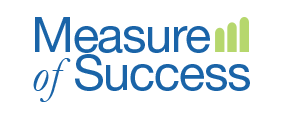Persistent Joke #5
Similar to the Twelve Days of Christmas, we are drawing special emphasis to Number 5! This one comes to us via Henry Mintzberg at McGill[…]
Persistent thought-provoking joke #2
Having shared passengership on an ill-fated cruise, three professionals (a mechanical engineer, a chemist and an economist) find themselves marooned on a desert island with[…]
Persistent thought-provoking joke #1
A new beat police officer patrolling the street one night finds a man squatted down at the base of lamppost. He appears to be looking[…]
The solvable problem with Self Evaluations
I have a vivid memory of a self-evaluation from my undergrad days at McGill. We had to take a writing course, which must have been[…]
The Feedback Context – Developing and Evaluating
When it comes to performance, the question “How are you doing?” can start a very rich discussion. Do you really want to know? Do we[…]
Diversity Boxes – ticking and talking
The Schumpeter column of The Economist took a run at diversity this week with the hypothesis that fatigue is big part of the problem. This[…]
The Balancing Act of Collaborating
There is lots of talk about “getting on the same page,” but in most work situations some level of conflict persists and can vary from[…]
Can logic models work for you?
The “logic model” is a tool that is widely used in public and social sector initiatives. Like any tool, there are obvious on-target applications (e.g. hammer for inserting nail) as well[…]
Aligning for Performance – Where to start
The Lululemon stories coming out this week illustrate, if nothing else, that running a successful business is a complicated endeavour. There are a number of[…]
The good news is: I understand your thinking…
Yesterday, I caught a very brief segment on talk radio where a well-intentioned gentleman was explaining a solution that reduced energy consumption by turning off[…]
